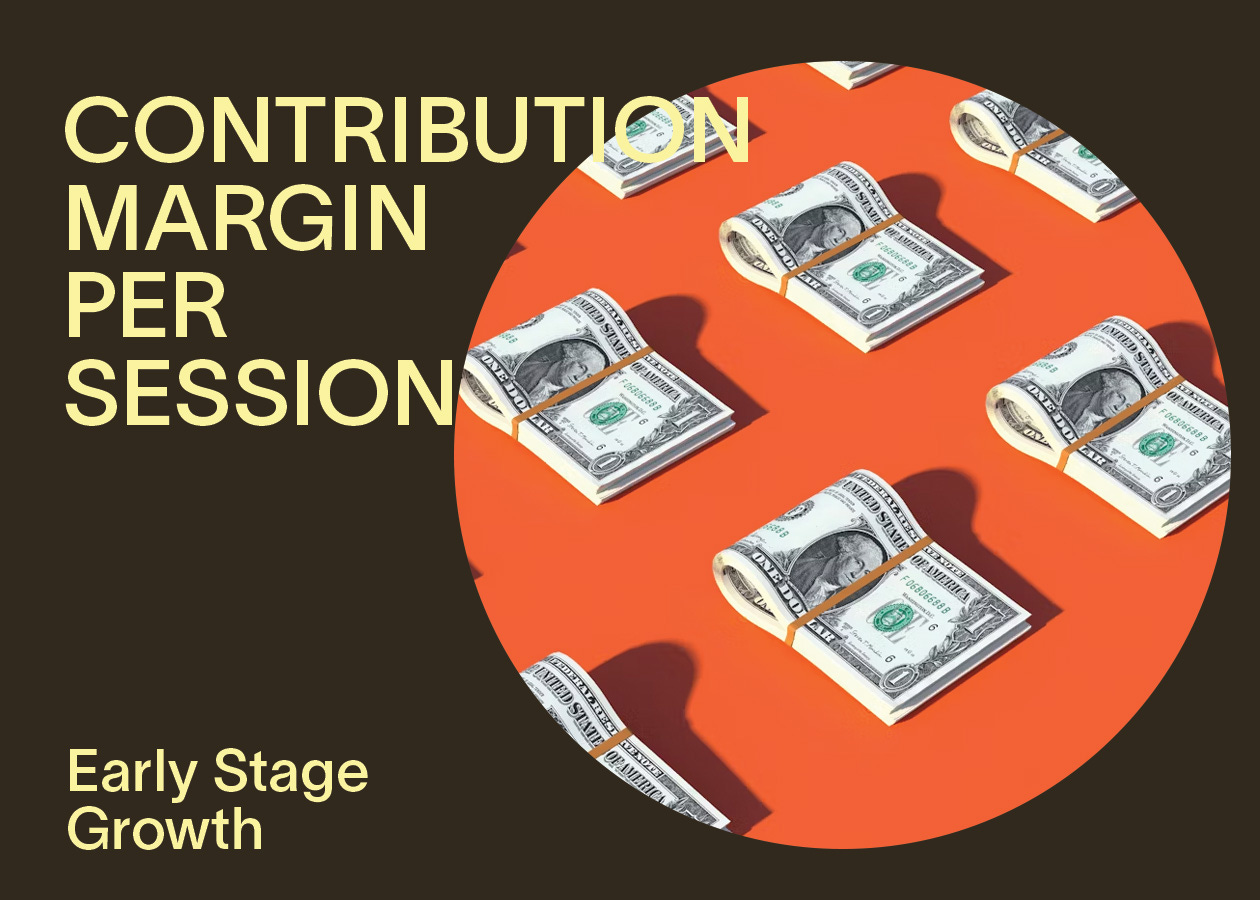Is your CM per session above £1.70? Time to scale
The only metric that matters
There’s one key metric that demonstrates the overall health of your marketing. It’s not CPA, it’s not ROAS, and it’s not even CM3 by itself. It’s contribution margin per session.
I.e. for every user who lands on your website, how much profit do they give you?
TL;DR
Most performance marketers obsess over the wrong numbers. They'll tell you their 3.5x ROAS …



